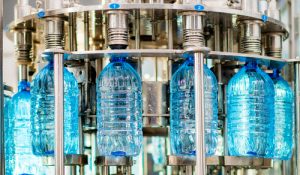 At least three critical issues confront the European PET recycling market, and one of them is having a profound impact on HDPE recovery.
At least three critical issues confront the European PET recycling market, and one of them is having a profound impact on HDPE recovery.

 At least three critical issues confront the European PET recycling market, and one of them is having a profound impact on HDPE recovery.
At least three critical issues confront the European PET recycling market, and one of them is having a profound impact on HDPE recovery.
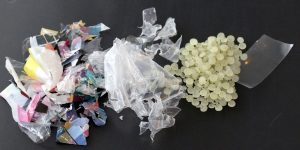
Samples provided by Cadel Deinking show (from left to right) fluff, deinked fluff, deinked pellets and film.
A Spanish company is rolling out a deinking technology capable of removing pigments from a variety of recovered resins, a step that eases processing and boosts value.
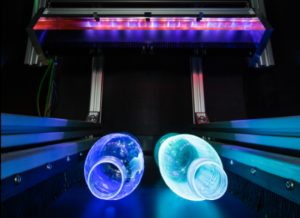
The aqua-colored PET bottle at right has been marked with a chemical marker, as part of the Polymark project.
Water bottles that glow under UV light might sound like just the latest rave fad, but the technology could actually hold the key to boosting recycled content in food packaging.
Recycling of PET containers continues to increase across Europe, according to a recent report.
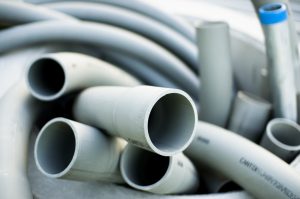 A tech startup is developing a new product to verify trustworthiness among traders of plastic scrap and other recyclable materials.
A tech startup is developing a new product to verify trustworthiness among traders of plastic scrap and other recyclable materials.
Researchers have developed fluorescent coating that could allow for fast, automated sorting of food-contact PET from non-food-contact PET in mixed recycling streams.
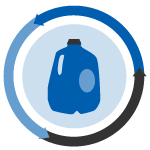 A European trade group delves into PET thermoform recycling, and a government report in Australia calls for major steps to curb marine plastic pollution.
A European trade group delves into PET thermoform recycling, and a government report in Australia calls for major steps to curb marine plastic pollution.
 A co-polyester to boost the properties of recycled PET goes on the market in Europe, and new shredders, wash lines, extruders and melt filters are unveiled.
A co-polyester to boost the properties of recycled PET goes on the market in Europe, and new shredders, wash lines, extruders and melt filters are unveiled.
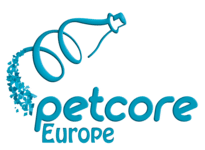 Belgium-based industry association Petcore Europe is seeking more members to join its working group focused on the recycling of opaque and otherwise difficult-to-recycle PET packaging.
Belgium-based industry association Petcore Europe is seeking more members to join its working group focused on the recycling of opaque and otherwise difficult-to-recycle PET packaging.
 Cornell University researchers push ahead a technology that could lift PE and PP recycling, and a handful of companies targeting hard-to-recycle plastics grab attention.
Cornell University researchers push ahead a technology that could lift PE and PP recycling, and a handful of companies targeting hard-to-recycle plastics grab attention.
